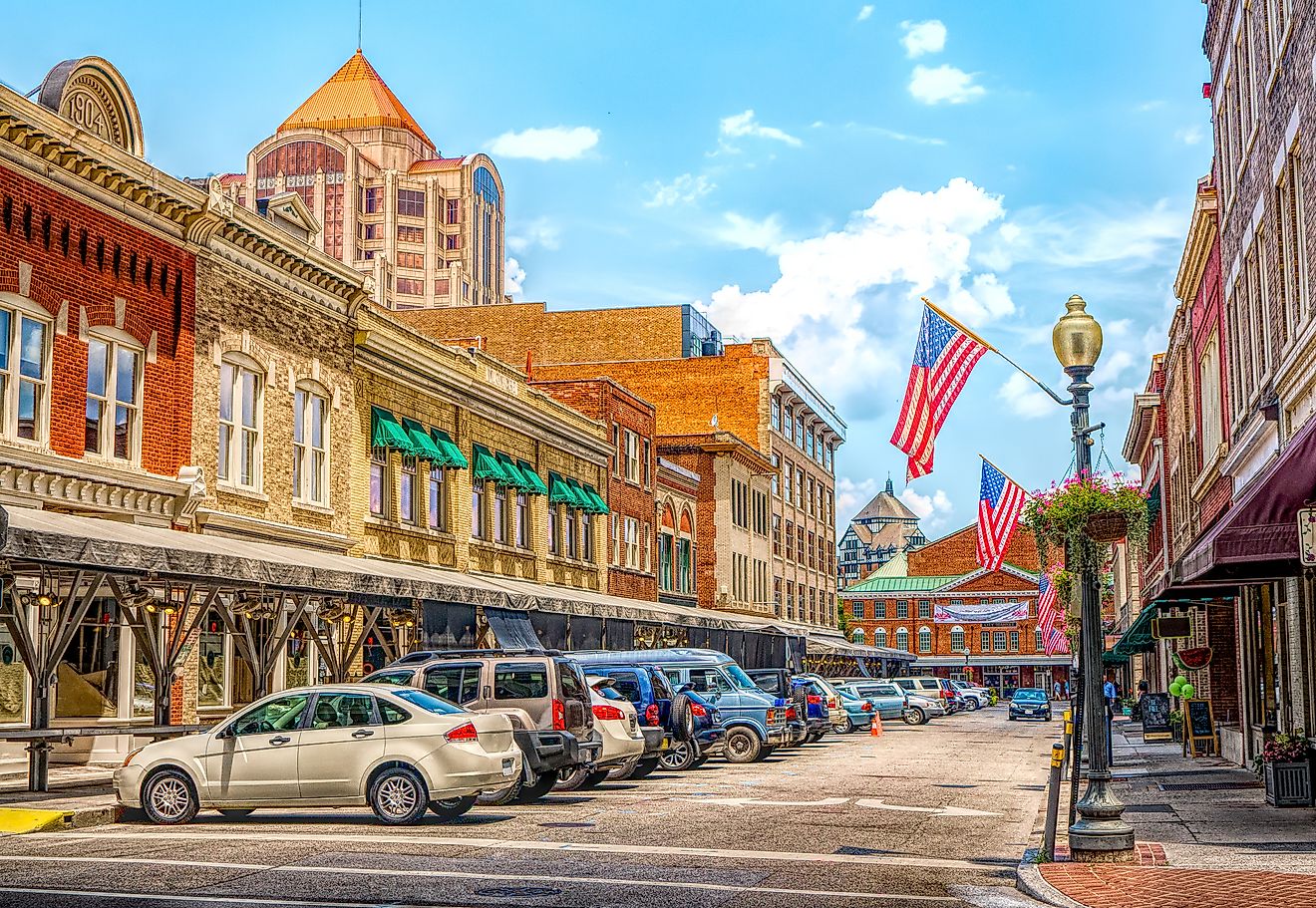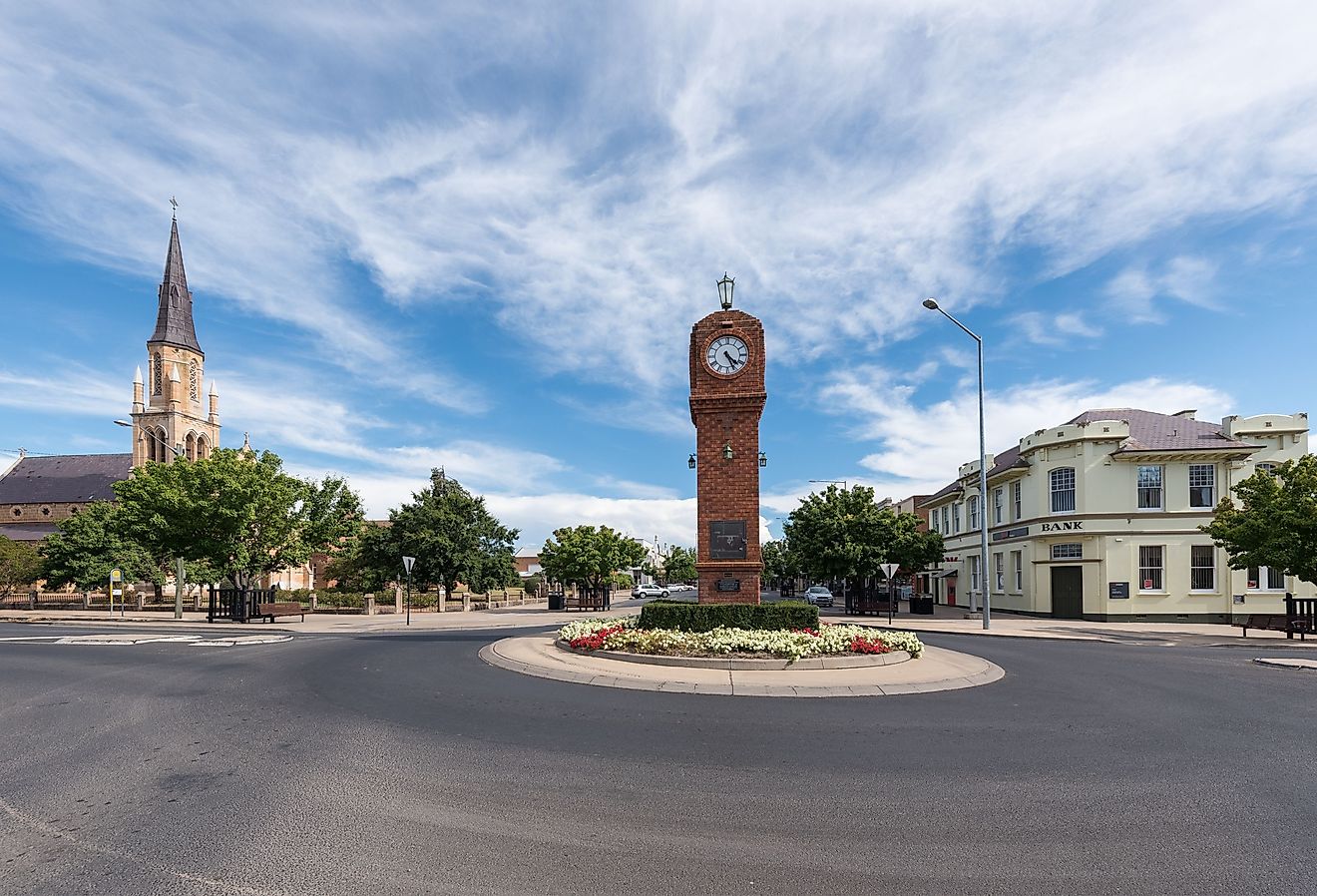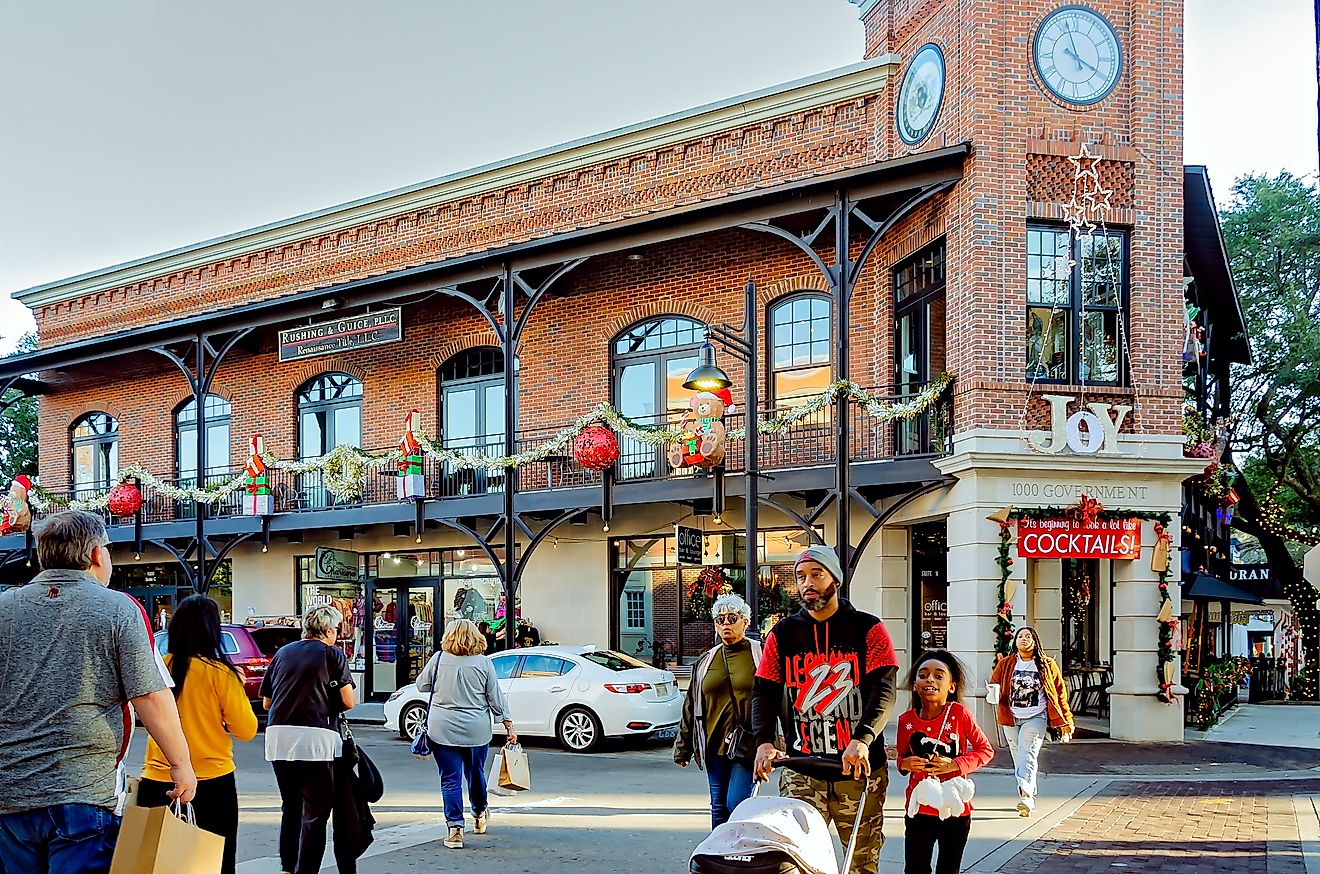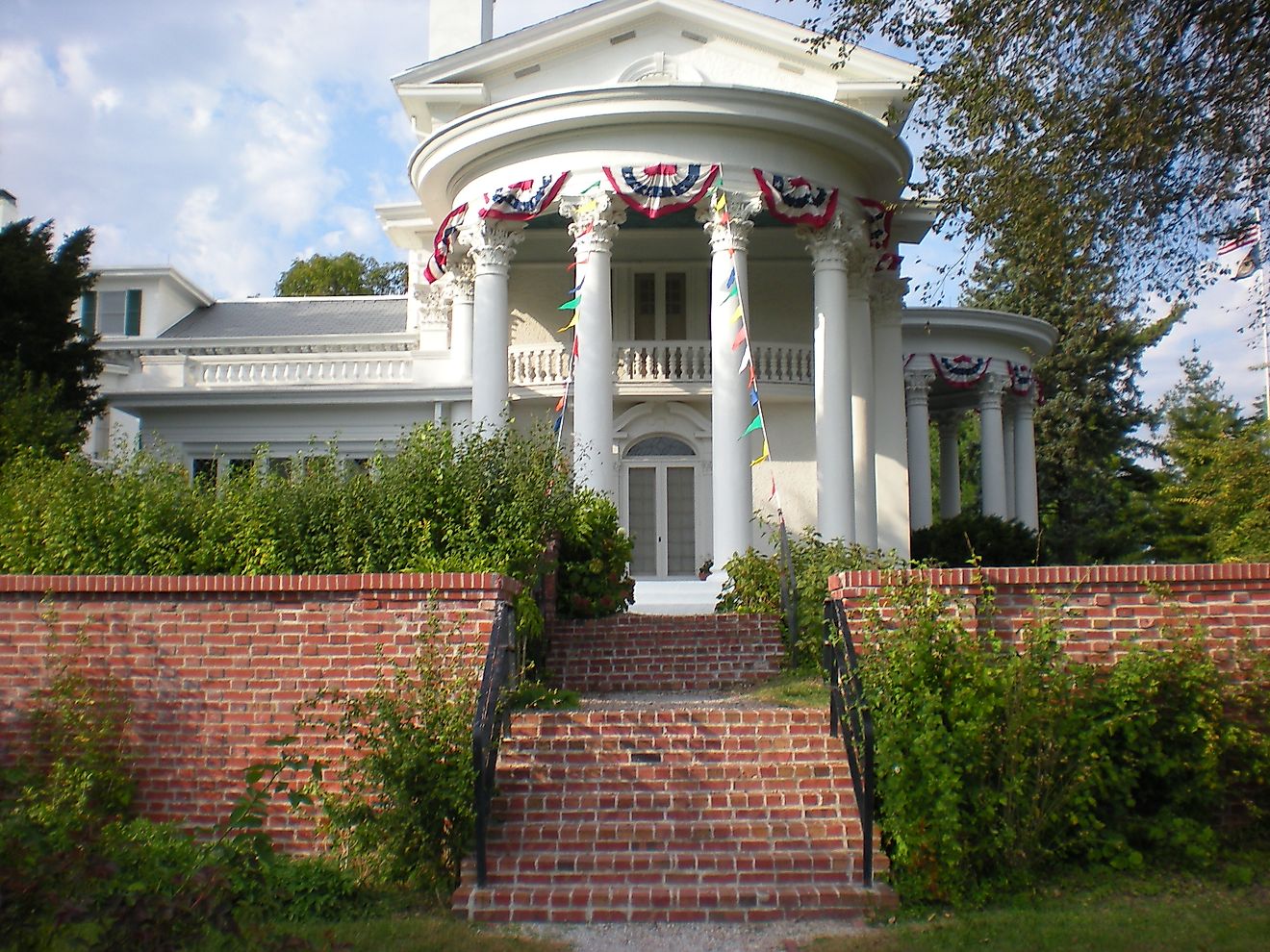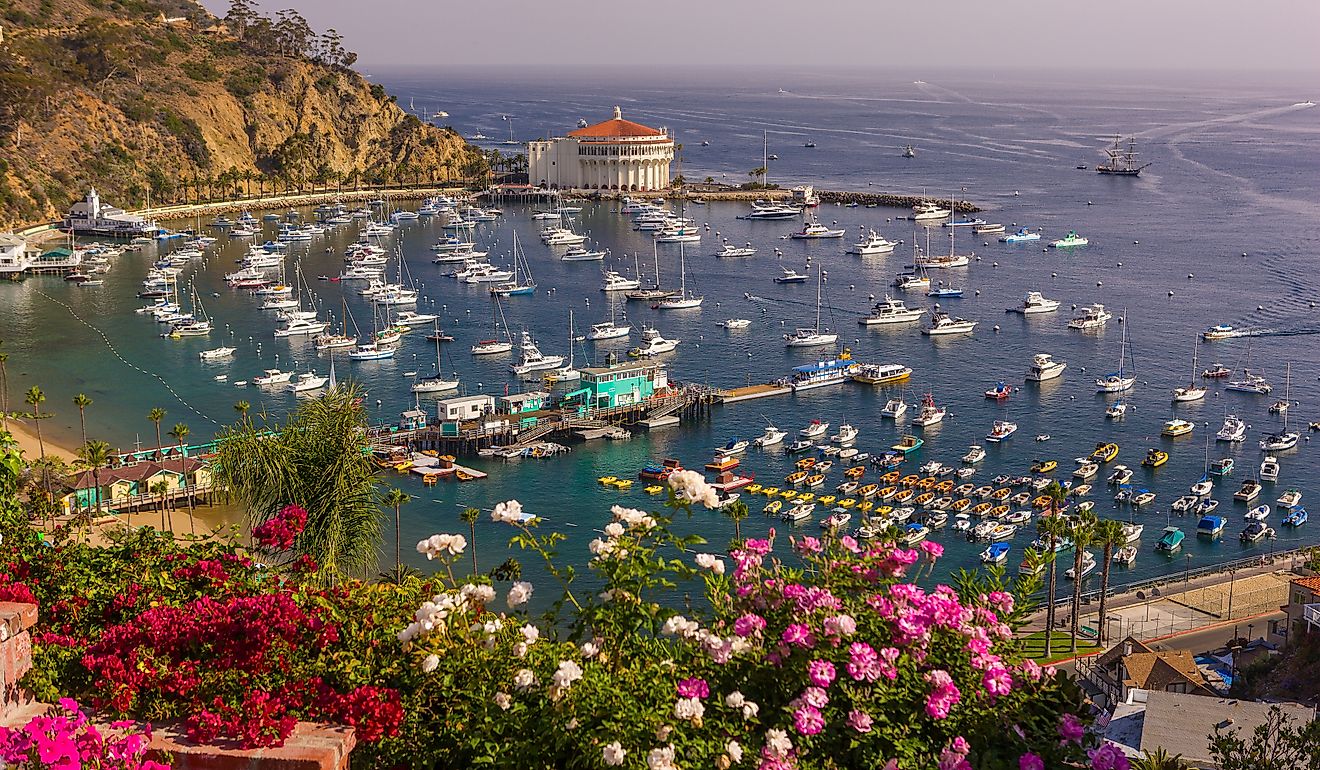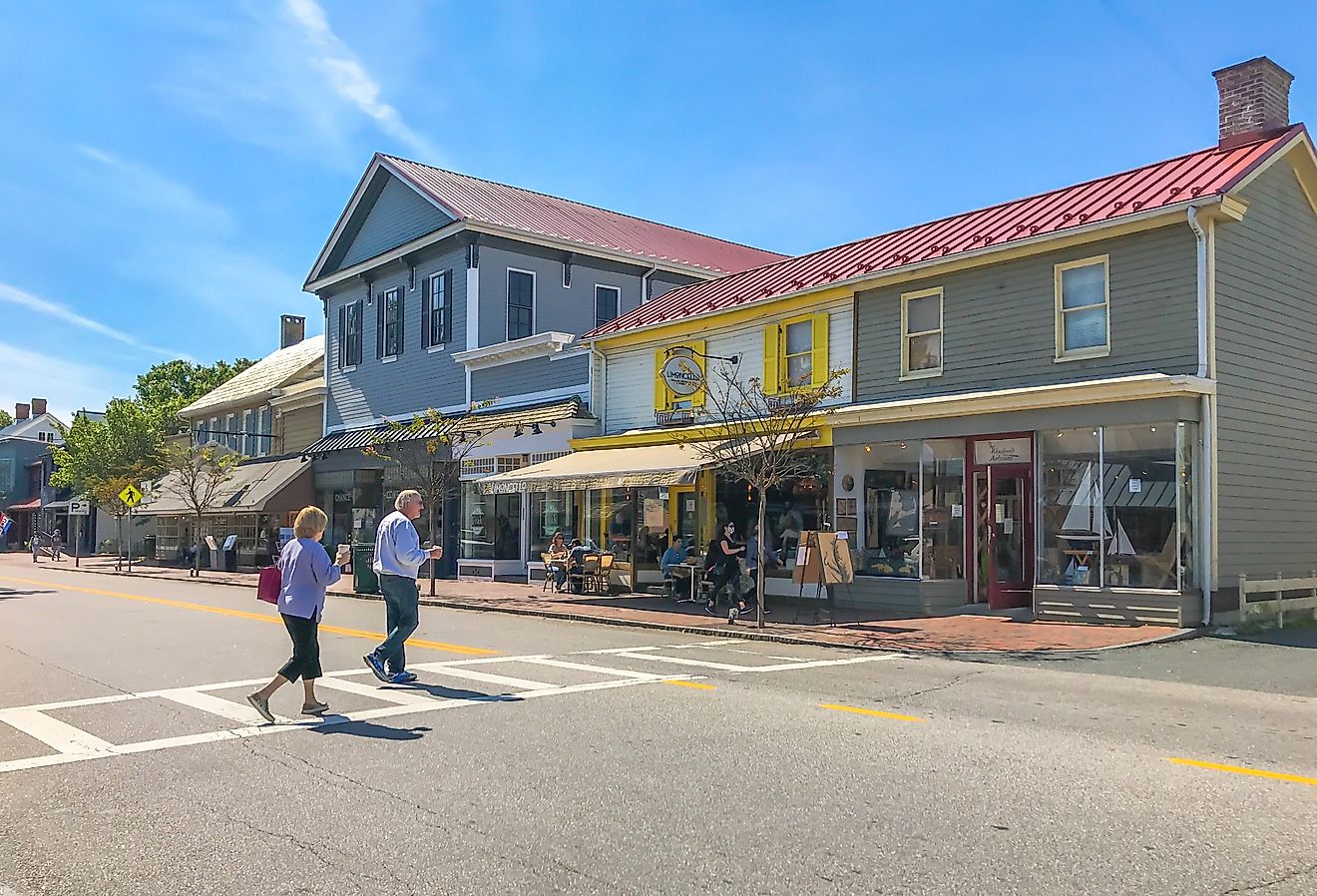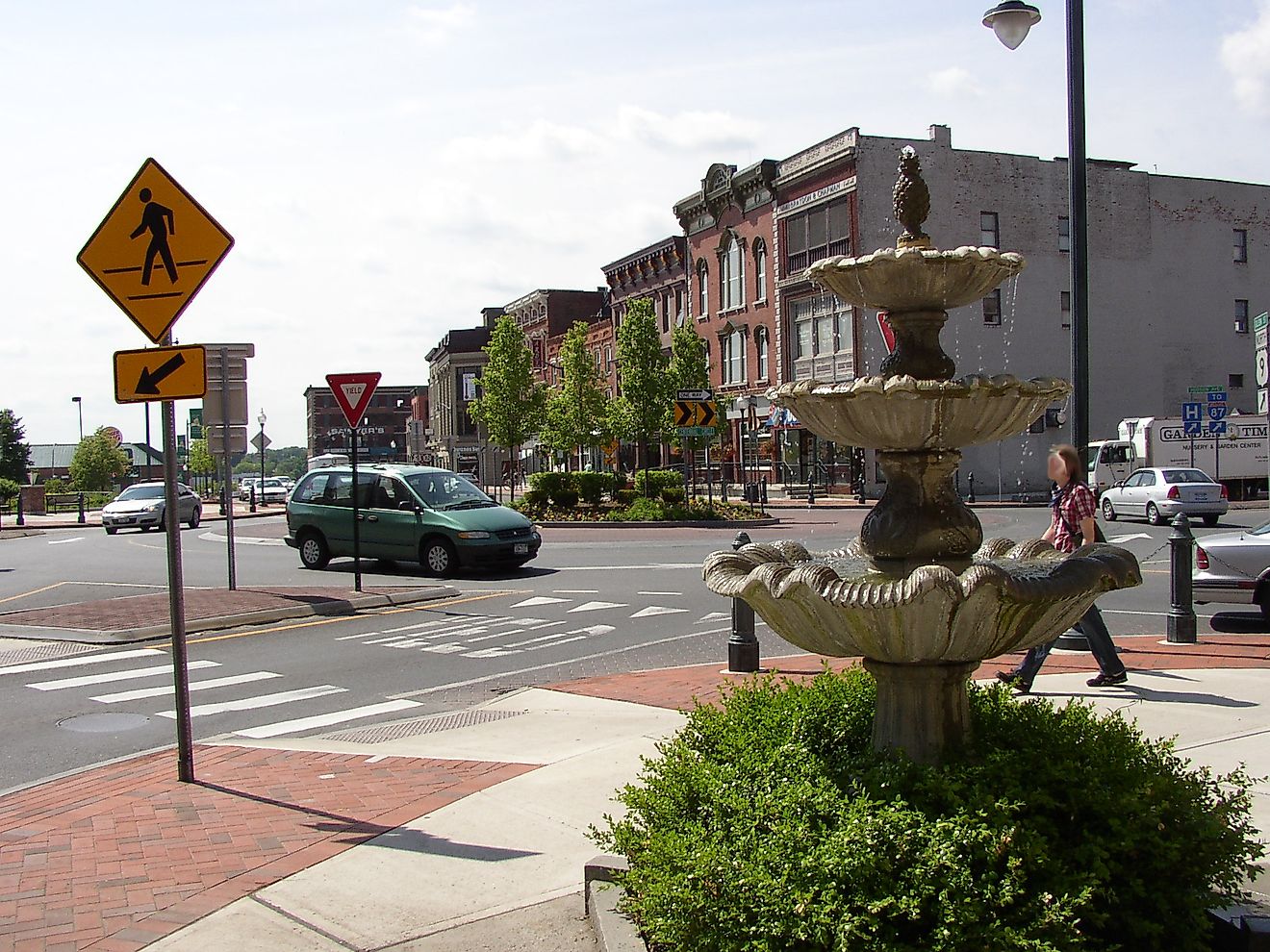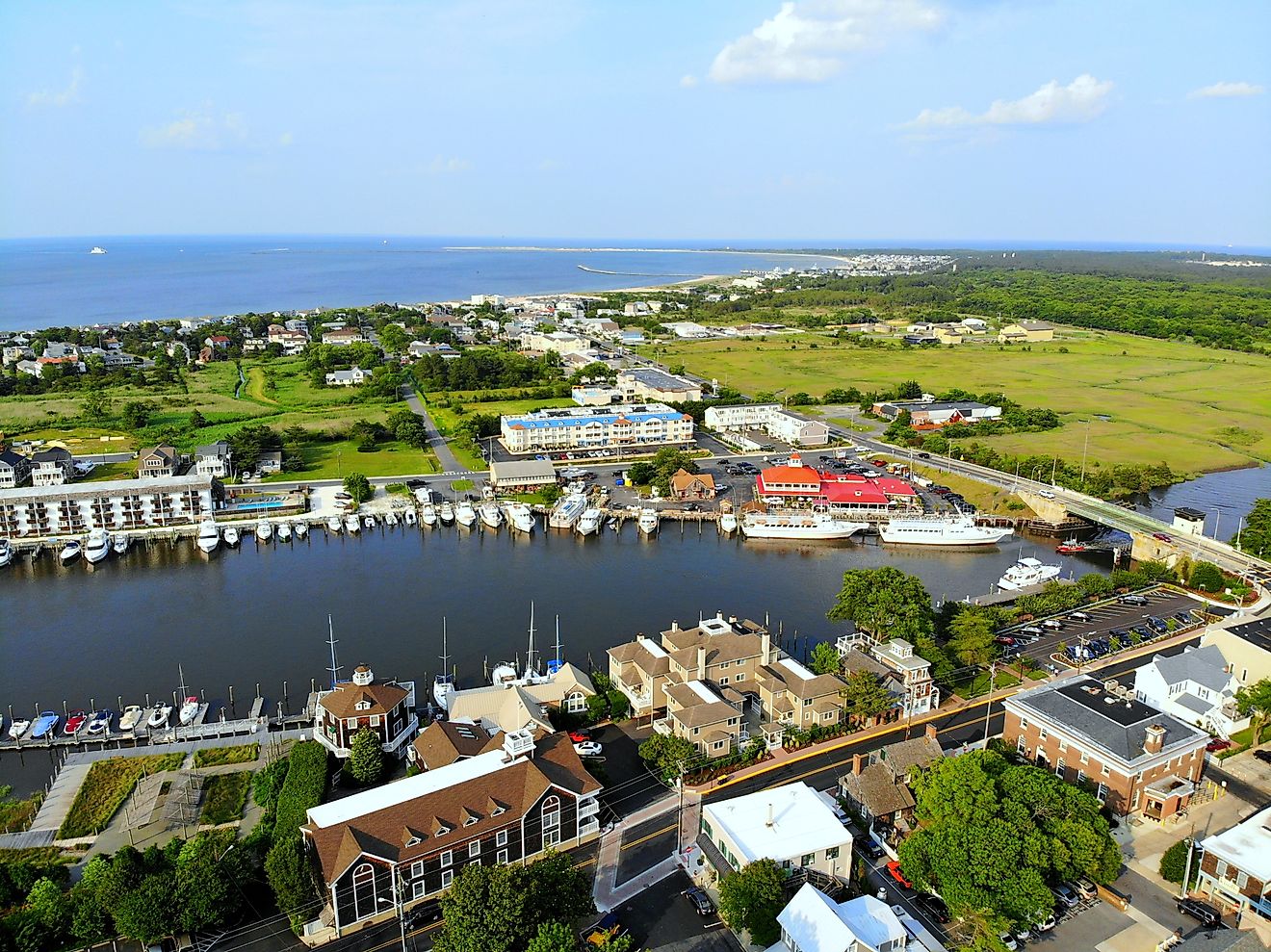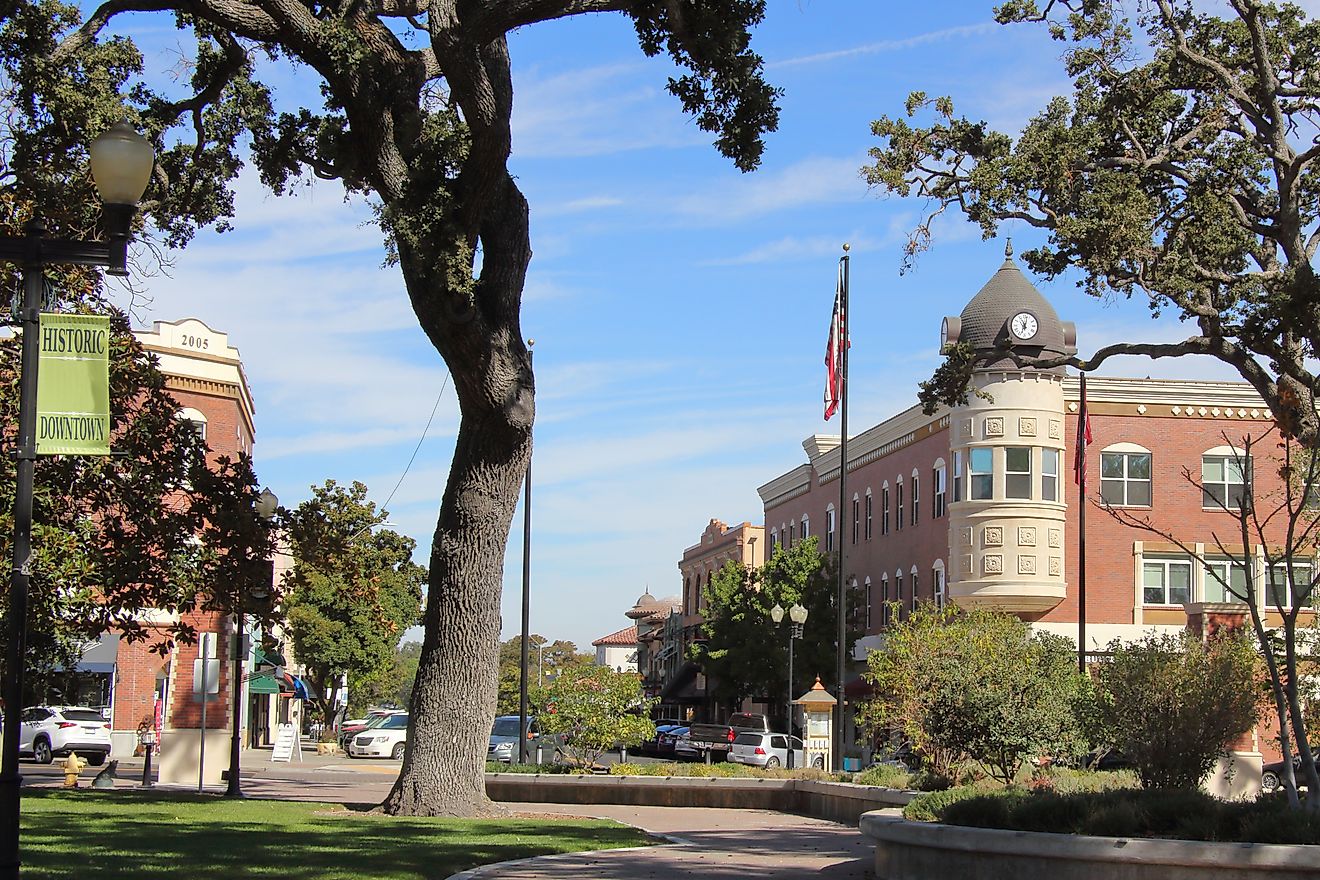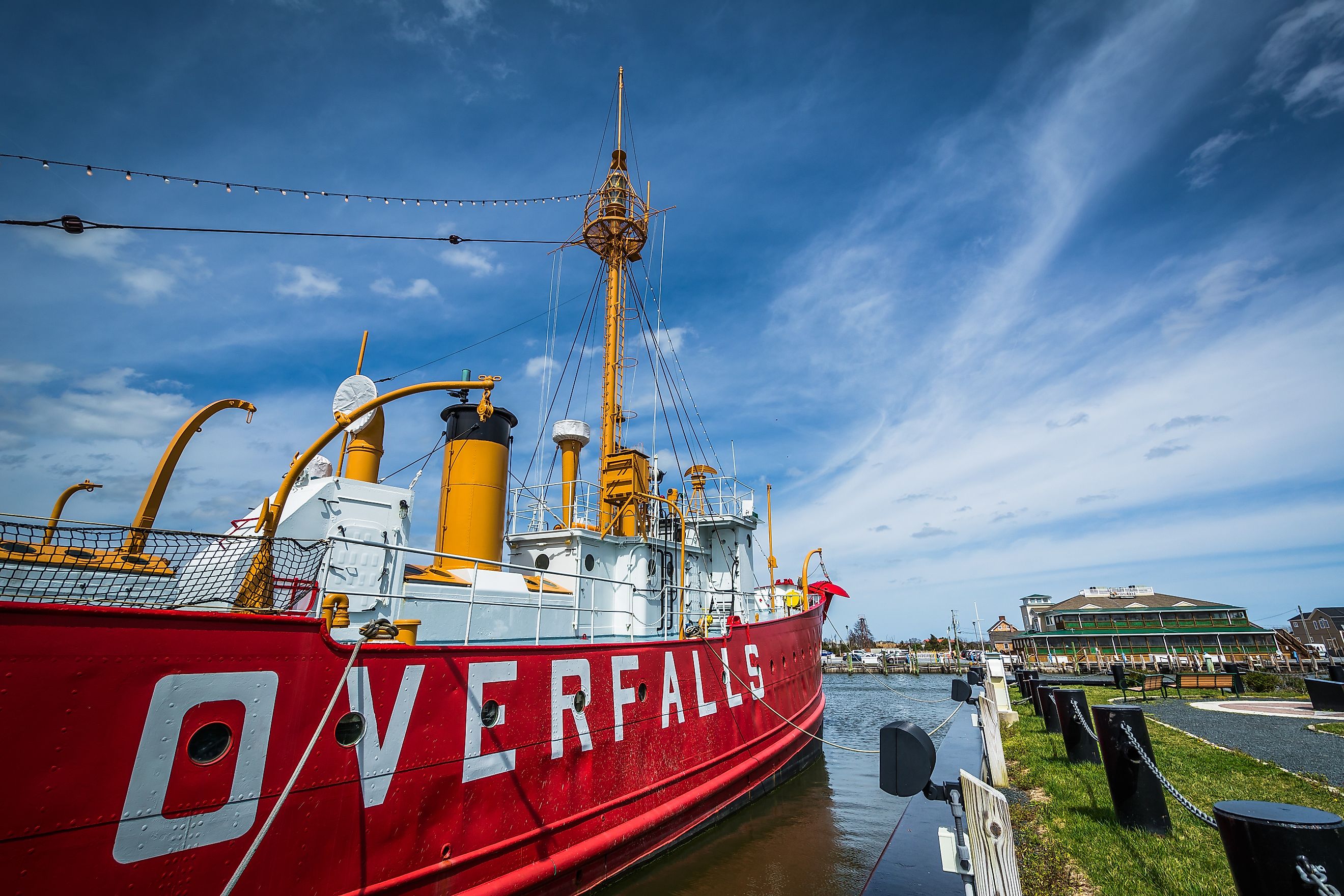
8 Of The Most Eccentric Towns In Delaware
While it is known as the First State and played a large role in the founding of our nation, Delaware is the second smallest state in the United States by land area, and the only state with just three counties. Other eccentricities exist throughout Delaware, including some of the most unusual towns that you can find in the entire country. These towns offer quirky events like the Apple Scrapple Festival and titles like the Holly Capitol of the World, inviting visitors to further explore the unusual nature of this fascinating state. Check out these eight odd towns found only in Delaware.
Arden
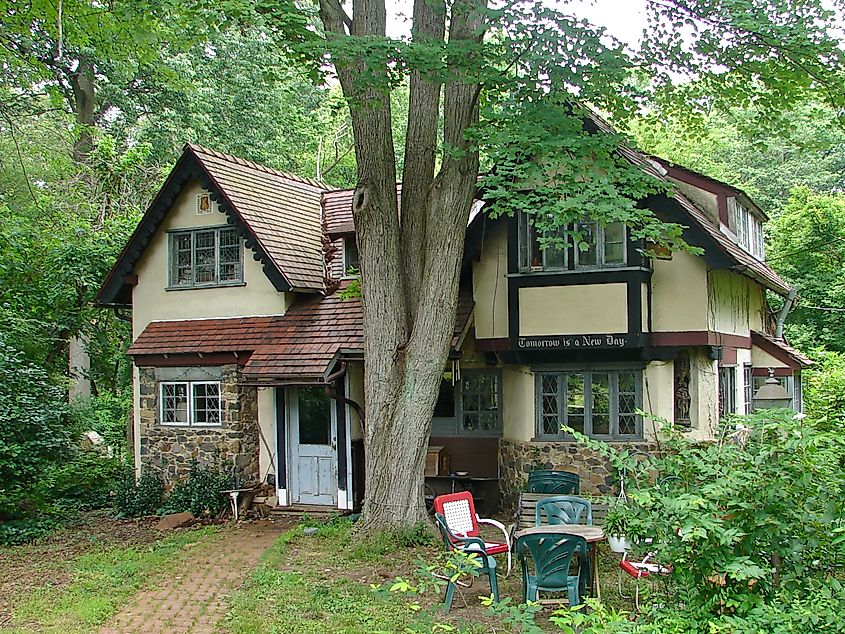
Near the border with Pennsylvania, in New Castle County, lies the tiny village of Arden, population just over 400. This tiny gem of a town was founded in 1900 as a single tax community based on the economic philosophy of Henry George, the arts and crafts movement of William Morris, and the garden city movement of Ebenezer Howard. Today, it is still known for the arts as well as live theater performances, and has been designated a "Tree City USA," with tree canopy of 82.7%. Many of the town's 100-year-old homes have their own names, such as Friendly Gables and Green Gate.
The Arden Craft Shop Museum on Millers Road is dedicated to collecting and exhibiting materials and artifacts of Arden. One shop in Arden that exemplifies the town's eccentricity is Oddporium, advertised as "a gallery of the peculiar and bizarre," where you might find, among other things, a preserved, one-eyed pig named Amelia. The Arden Club, a community theater set in a historic building, showcases performances, fairs, and more to keep the town's arts movement mission alive.
Bridgeville
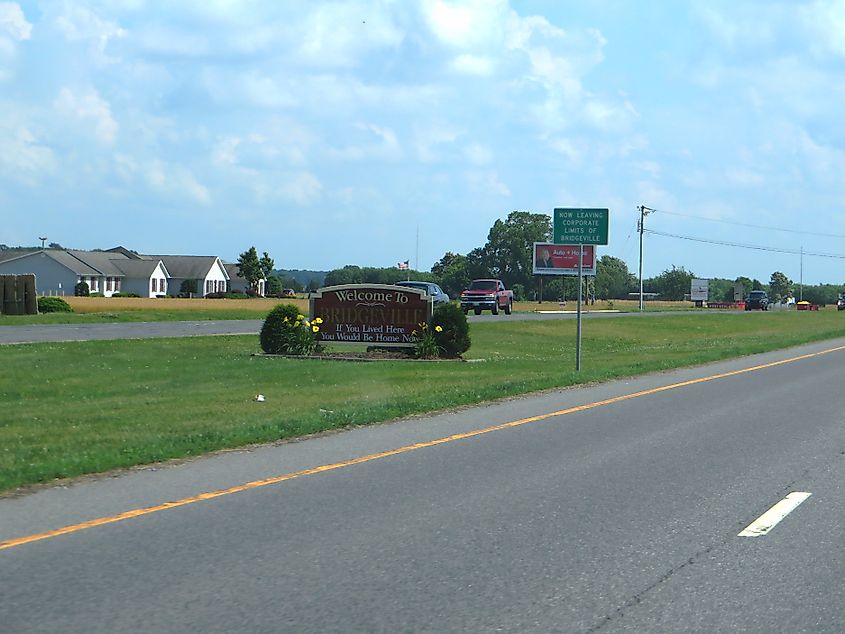
One of Western Sussex County's oldest towns, Bridgeville, 30 miles south of the state capital of Dover and 26 miles north of Salisbury, Maryland, was founded in the 1680's as Bridge Branch but not officially incorporated as Bridgeville until 1871. Today, just over 2,500 people live in Bridgeville, where the town sign proclaims, "If you lived here, you would be home now." Bridgeville's claim to fame is that the RAPA Scrapple Company, which manufactured the regional pork product known as scrapple. was founded there in 1926. Today, the manufacturing plant is still in business and you can visit its location on Railroad Avenue.
Bridgeville also hosts the Apple Scrapple Festival each October, a celebration of the pork product and the fruit, with crafts, events, live performances, and vendors. In addition to scrapple (and apples), Bridgeville is known for offbeat businesses like Antique Alley of Bridgeville on Sussex Highway, an antique mall with 125 booths and 70 vendors; and TS Smith Orchard Point Market, on Redden Road, with produce, deli, bakery, and seasonal items available, along with a petting zoo and playground.
Lewes
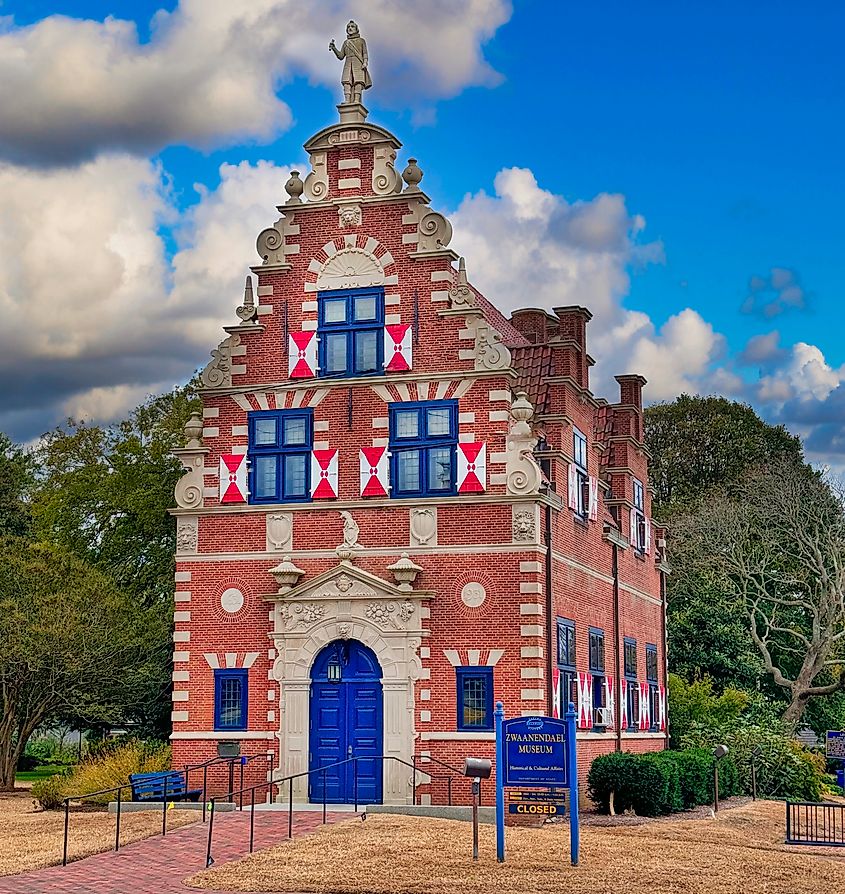
Settled by Dutch immigrants in the 1630s, the town of Lewes in Sussex County was originally known as Zwaanendael. The first town in the First State, today with a population just over 3,600, is now known for being a serene beach retreat. There are many landmarks and sites that help to illuminate the history of this unusual town. One of them is the Zwaanendael Museum, on Kings Highway, which showcases the area's maritime and agricultural history. Modeled after the former city hall in Hoorn, Netherlands, the building's stepped facade gable and iconic red and white shutters are quite memorable.
The Lightship Overfalls Maritime Museum, the last lightship built for the US Lighthouse Service, is docked to historic Lewes' canal front on Pilottown Road and educates the public on the maritime history of Lewes. If you are more interested in modern treasures, check out shops on Second Street, such as Blooming Boutique. When hunger strikes, visit Bramble & Brine at the Buttery, specializing in local seafood, brunch, and dessert.
Magnolia
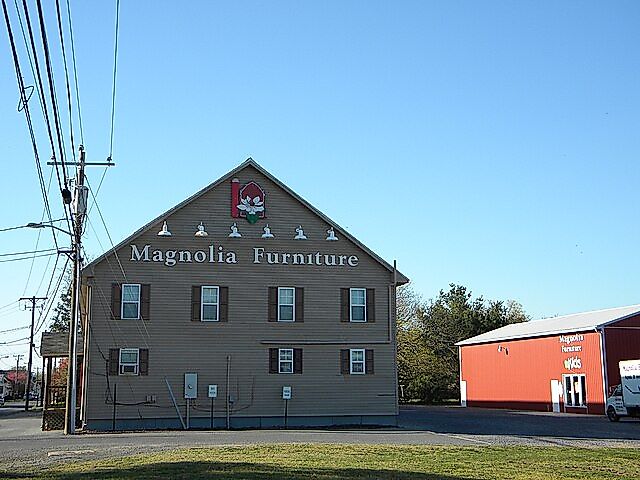
Located in Kent County, Magnolia is home to under 300 people. It is so small, in fact, that the town's website states, "If your street address is not Walnut Street, Main Street, Thorn Street, or Jado Terrace, you are not a town resident." The US Census Bureau notes that the town has a land area of 0.2 square miles. While you might need to visit nearby Dover, the state's capital, to shop or eat, the fact that you can be just seven miles from the state's capital and feel like you are truly in the country draws many to the town's serenity and quietude.
Why is this tiny town so special? When you enter town, you will see a sign outside of the historic John B. Lindale House that states, "Town sign of 1896. This is Magnolia. The center of the universe around which the earth revolves." As the home is privately owned, it's not clear who established this egotistical sign. Other notable places to see in Magnolia include the Matthew Lowber House, a Quaker farmhouse circa 1774 at the intersection of Main and Walnut Streets; and the Motherkill Friends Meeting Burial Ground on South State Street, where "at least 150 souls" are buried. This quirky small village should be seen by everyone at least once, even if it's just for a photo of the boastful town sign.
Milton
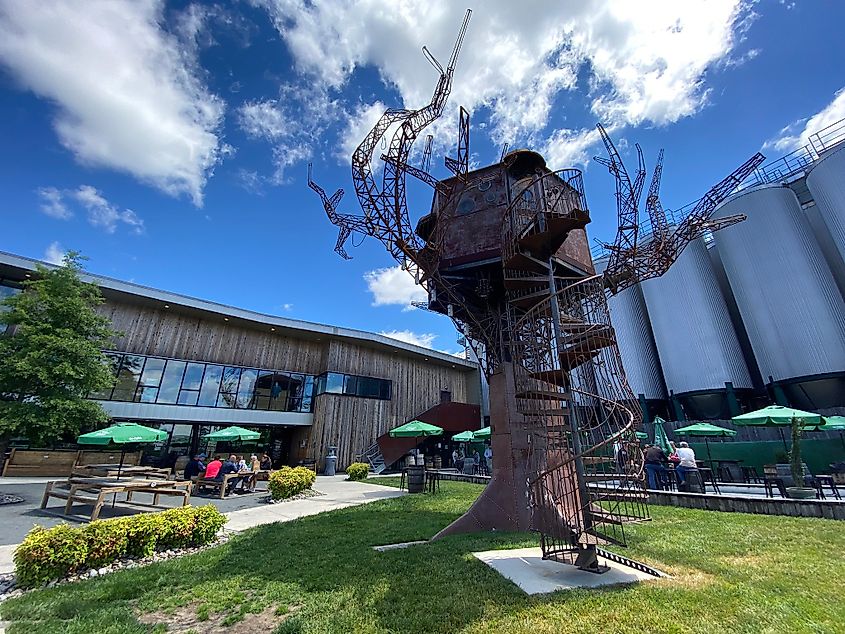
Another Sussex County town, Milton, is famous for being the home of Dogfish Head Craft Brewery, opened in 1995, which can be toured today. It was also the "Holly Capital of the World " in the 1930s, when two million holly wreaths per year were being shipped out of Milton. This quirky fact, and more about the town's rich history can be found at the Milton Historical Society on Union Street.
Today, Milton is home to just under 3,300 people. Strolling its downtown streets, you'll find local art in the Milton Arts Guild gallery on Federal Street. If shopping and walking Milton's streets activates your sweet tooth, head to King's Homemade Ice Cream Shop on Union Street, housed in the oldest commercial building in Sussex County, serving a variety of regular and rotating flavors.
Odessa
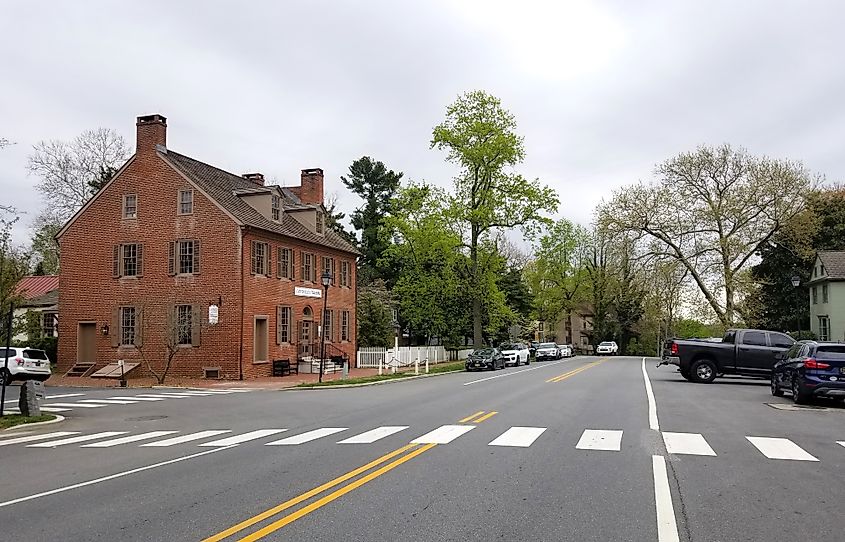
Once known as Cantwell's Bridge in the 1600s, the tiny town of Odessa, with a current population of just over 350, is a National Registry District, home to a National Historic Landmark and two National Parks Service Network to Freedom Sites, a designation that recognizes stops on the Underground Railroad. The town features one of the most pristine colonial landscapes in the country. The Corbit-Sharp House, a National Historic Landmark built in 1772-74, has been called Delaware's finest pre-Revolutionary house. It was also a stop on the Underground Railroad, making it an NPS Network to Freedom site.
The Historic Odessa Foundation manages the Corbit-Sharp House, along with the 1769 Wilson-Warner House, the 1853 Odessa Bank, and others. Tours of these properties are given from March through December. Cantwell's Tavern, a former stagecoach stop, today serves as a restaurant on Main Street in Odessa, and is a great place to end your visit to historic Odessa with a beverage and a meal.
Slaughter Beach
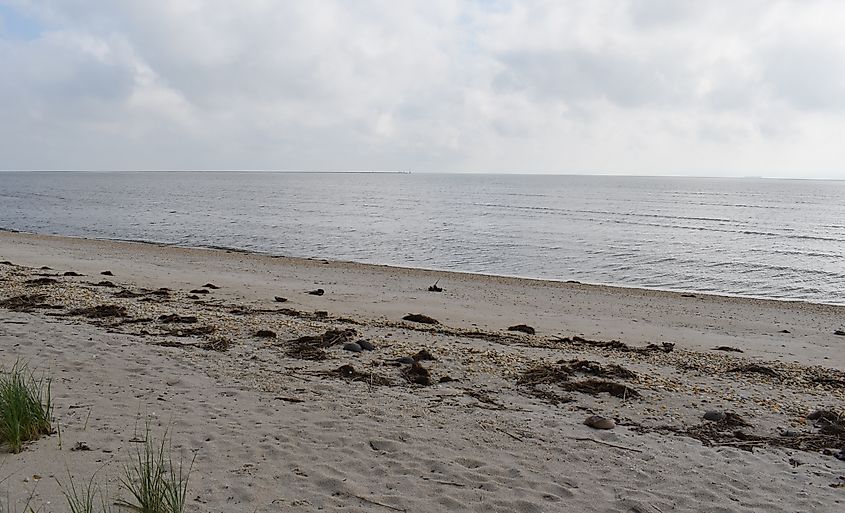
The town of Slaughter Beach in Sussex County is known as the "Jewel of the Delaware Bay." Today, just over 200 people live in Slaughter Beach year-round. Questions surrounding how the town got its name are just one of the eccentricities about Slaughter Beach. One theory holds that the first postmaster of the town had the last name of Slaughter. Another is that horseshoe crabs, which are very popular in the town, are flipped over by the waves in spring and summer and left to die in the hot sun, causing a "slaughter of the crabs." Still another theory says that early settlers of the area met with Native Americans living there, told them to gather around the settlers' "God," which was, in fact, a cannon, and fired the cannon at the Native Americans, causing a "slaughter."
Slaughter Beach is a certified wildlife habitat community and a Horseshoe Crab Sanctuary today. If you visit, you are expected to respect their habitat. Each May, the town holds a Red Knot Festival, where the migratory red knot birds come to Slaughter Beach to eat horseshoe crab eggs. Marvel Saltmarsh Preserve has an accessible boardwalk, the Marvel Scenic Byway Boardwalk, where you can view the abundant nature in Slaughter Beach. Swimming at your own risk (no lifeguards), boating, and hiking are other popular pastimes at Slaughter Beach.
Wyoming
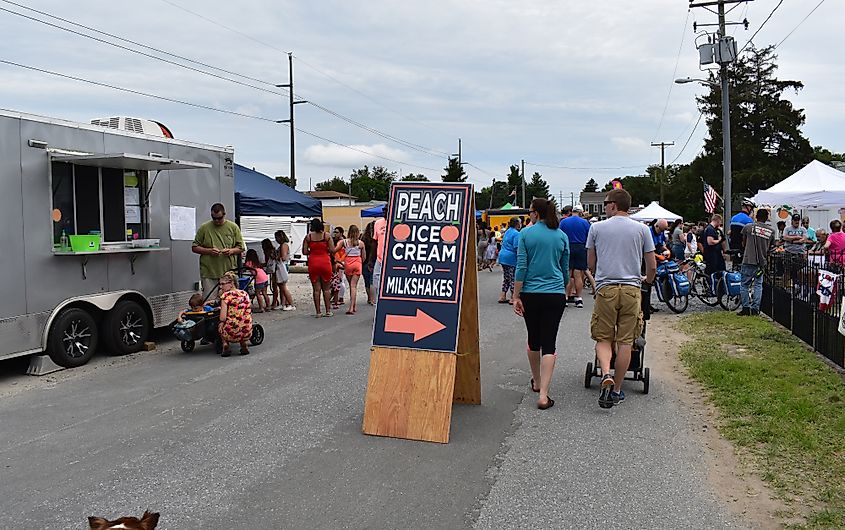
You would expect that a town named after a state might be a bit odd. Wyoming, Delaware, however, wasn't named after the state of Wyoming. Rather, it was named in 1869 for a beloved town reverend who moved to the town from the Wyoming Valley of Pennsylvania. Just over 1,800 live in Wyoming, Kent County today. Although more than 300 buildings in town are on the National Register of Historic Places, today's Wyoming is more known for its importance to agriculture.
Each August, Wyoming celebrates the Wyoming Peach Festival, in honor of the fruit grown there and for which the town is well-known. More local produce is available at Fifer's Farm Store, which has been independently operated since 1919. The Wyoming Station Farmers Market is held on the second and fourth Saturdays from May through September at 11 S. Railroad Avenue.
Enjoy These Odd Delaware Hamlets
Although Delaware is a small state, it is not lacking in terms of eccentric small towns. These hamlets are full of diversity and unexpected finds. Whether you want to visit a natural coastal paradise with an odd name, like Slaughter Beach; or a town that is known for its pork products and fruit, like Bridgeville, checking out these eight unusual towns can make for an intriguing day or weekend trip.
